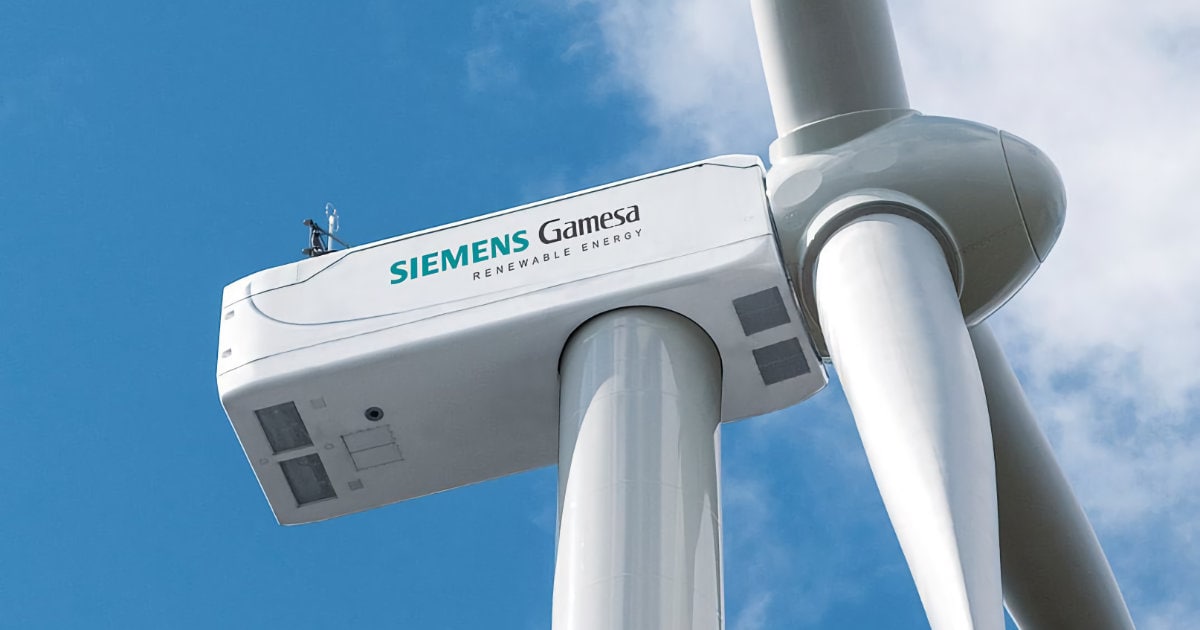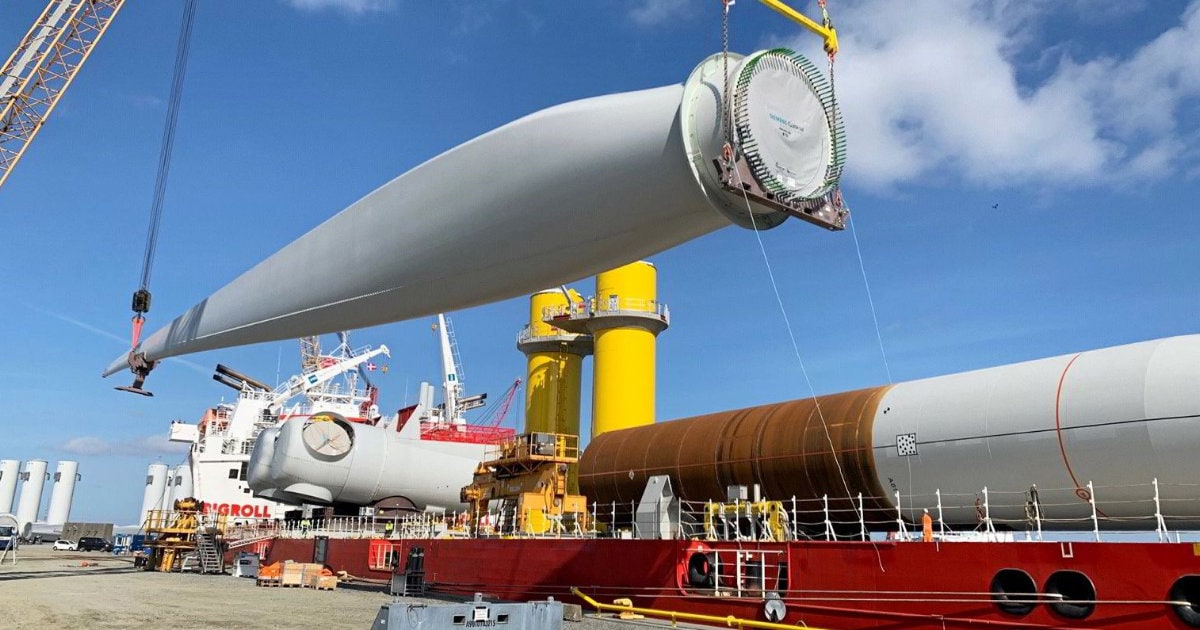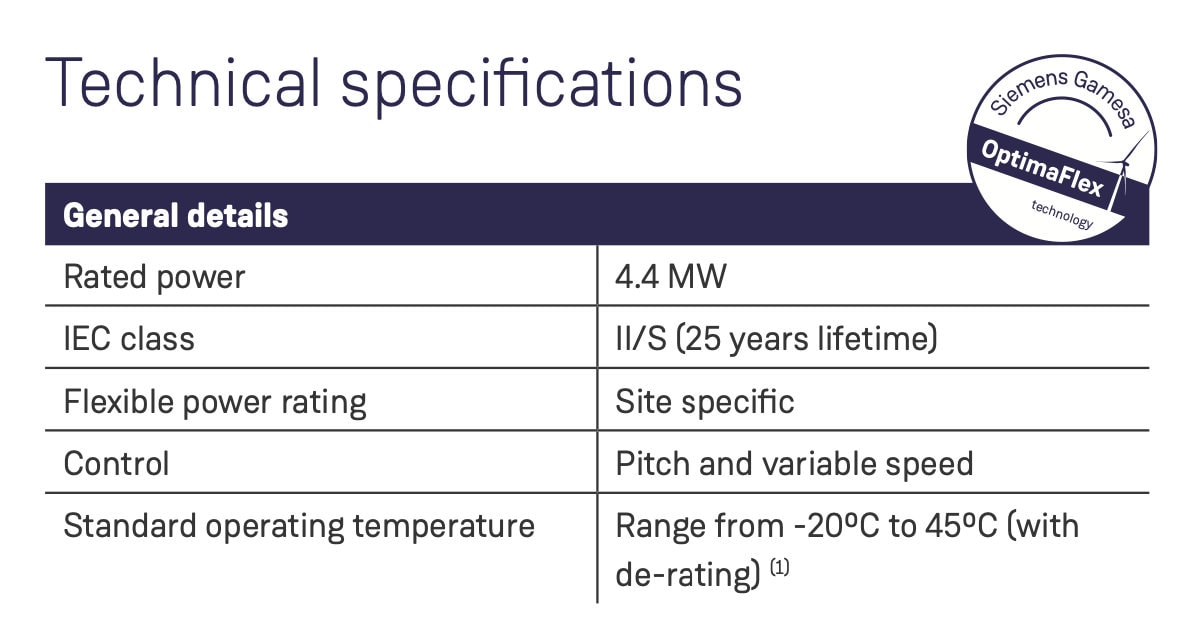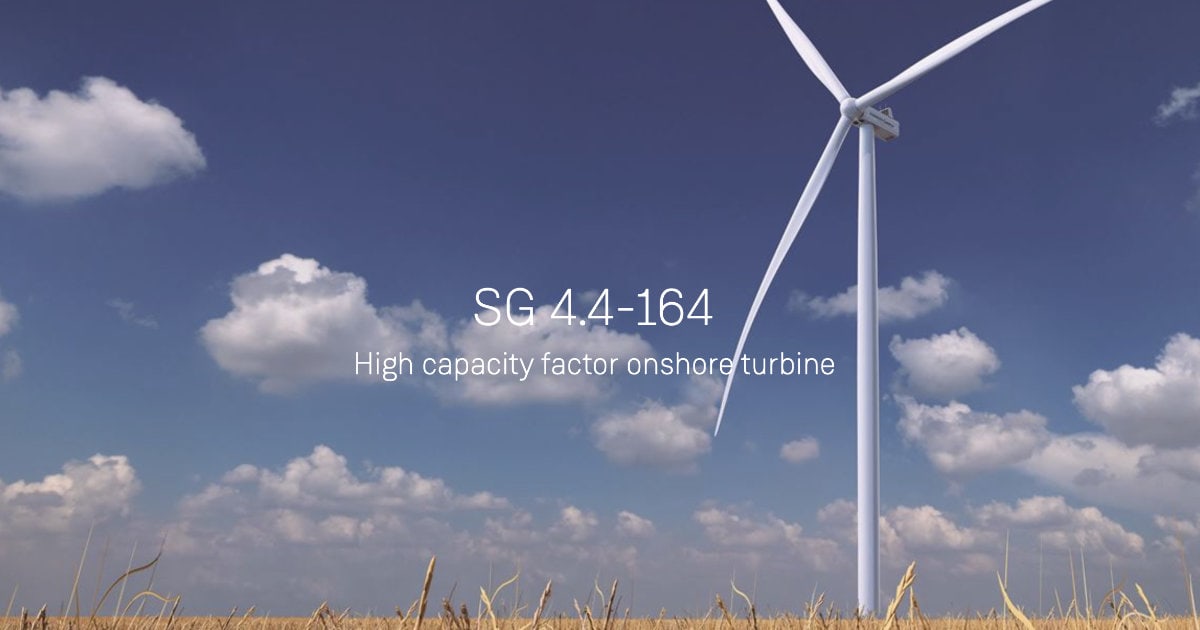In a pioneering move, Siemens Gamesa, the world’s leading wind turbine company, has unveiled a revolutionary onshore wind turbine, exclusively engineered to optimize performance for the unique weather patterns of the United States. This cutting-edge wind technology sets it apart in a league of its own.
Developed by this global titan of wind energy, headquartered in Spain and Germany, this custom-built onshore turbine is precisely calibrated to reap the maximum benefit from prevalent wind conditions in the U.S.. What makes this new Siemens Gamesa model even more exceptional is its remarkable durability, designed to outlast the average life span of wind turbines currently in operation.

Most wind turbines in today’s market are designed to last for 20 years. However, the SG 44.164, Siemens Gamesa’s new model, is engineered to endure a whopping 25 years. This design longevity promises higher revenue generation over a longer period, contributing to sustainable energy development.
This advanced wind turbine boasts a considerable power rating of 4.4 megawatts (MW). The power rating of this model is flexible, adjusting to site-specific requirements. It comes equipped with a rotor diameter measuring an impressive 164 meters (538 feet) and a vast swept area covering 21,124 square meters (227,377 square feet). Moreover, each of the turbine blades extends to an impressive 81 meters (266 feet) in length.

Siemens Gamesa is manufacturing the blades for the SG 44.164 in Iowa and assembling the nacelles, the protective encasing that houses critical components like the generator, gearbox, drive train, and brake assembly, in Kansas. This strategic production layout is aligned with the regulations of the United States’ Inflation Reduction Act, thereby qualifying the turbine for government incentives.
Addressing the specific geographical and logistical challenges posed by the diverse U.S. landscape, the design of the SG 44.164 is truly remarkable. Its components, including the single-piece blades, nacelles, and drive trains, are all transportable by rail, making it a logistical feat.

According to Shannon Sturgill, the CEO of onshore North America for Siemens Gamesa, the design process factored in multiple unique attributes of the vast American landscape. Considerations included the distinct wind conditions across different regions, diverse environments, electrical and power delivery requirements, and the implications of the Inflation Reduction Act.
The SG 44.164 made its debut at a recent conference in New Orleans and is set to make its mark on the market by 2025. With this innovative model, Siemens Gamesa continues to solidify its position at the forefront of renewable energy solutions, specifically tailored for the diverse and unique conditions of the U.S. landscape.
Frequently Asked Questions About Wind Turbines
Wind turbines generate electricity by harnessing the kinetic energy from the wind. When the wind blows, it pushes against the blades of the turbine, causing them to spin around a rotor. This rotor is connected to a main shaft, which spins a generator to create electricity. The stronger the wind, the more electricity is produced. It’s a clean, renewable form of energy that does not emit any greenhouse gases during operation.
Typically, the lifespan of a standard wind turbine is about 20 years. However, with regular maintenance and occasional component replacements, some turbines can continue to operate effectively beyond this timeframe. An example of a longer-lasting design is the Siemens Gamesa SG 44.164 model, which is specifically engineered to last for 25 years. The lifespan of a turbine can impact its economic feasibility and environmental impact, so newer models aim for longer operational periods.
Source
Siemens Gamesa: Website
